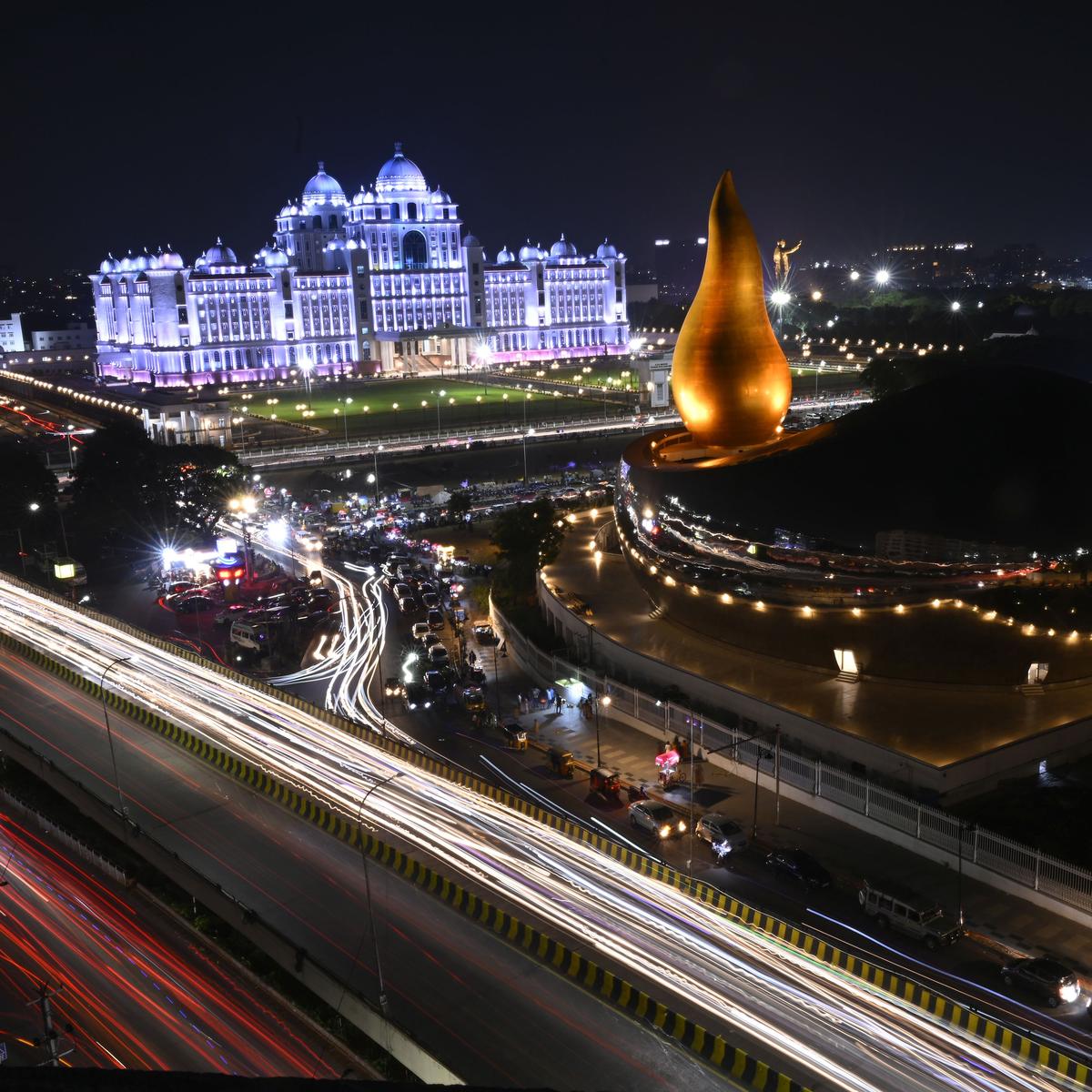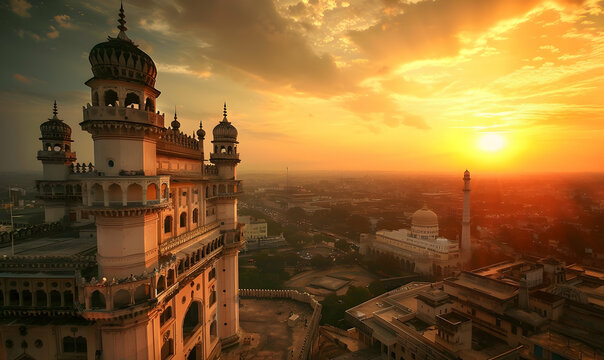Nestled amidst the serene landscapes of Palampet village in Telangana, the Ramappa Temple, also known as Rudreshwara Temple, is a true marvel of ancient Indian architecture and artistry. This 13th-century temple, dedicated to Lord Shiva, stands as a proud testament to the ingenuity and craftsmanship of the Kakatiya dynasty. In 2021, it earned global recognition by being inscribed as a UNESCO World Heritage Site, solidifying its place as one of India’s most treasured monuments.
The Historical Significance
Built in 1213 CE under the patronage of the Kakatiya ruler Ganapati Deva and designed by the architect Ramappa, after whom the temple is named, the Ramappa Temple reflects the pinnacle of Kakatiya architectural excellence. It was constructed during a period when the Kakatiyas were at their cultural and political zenith, and the temple embodies their devotion, artistry, and engineering prowess.
The temple served as a prominent religious center and was part of a larger temple complex that showcased the spiritual and artistic vibrancy of the Kakatiya period.
Architectural Brilliance
The Ramappa Temple is celebrated for its unique and innovative construction techniques. One of its most fascinating features is the use of lightweight, porous bricks known as “floating bricks,” which were designed to reduce the structure’s weight and ensure stability. These bricks, which still intrigue modern architects and engineers, allowed the temple to withstand the test of time and even survive significant earthquakes.
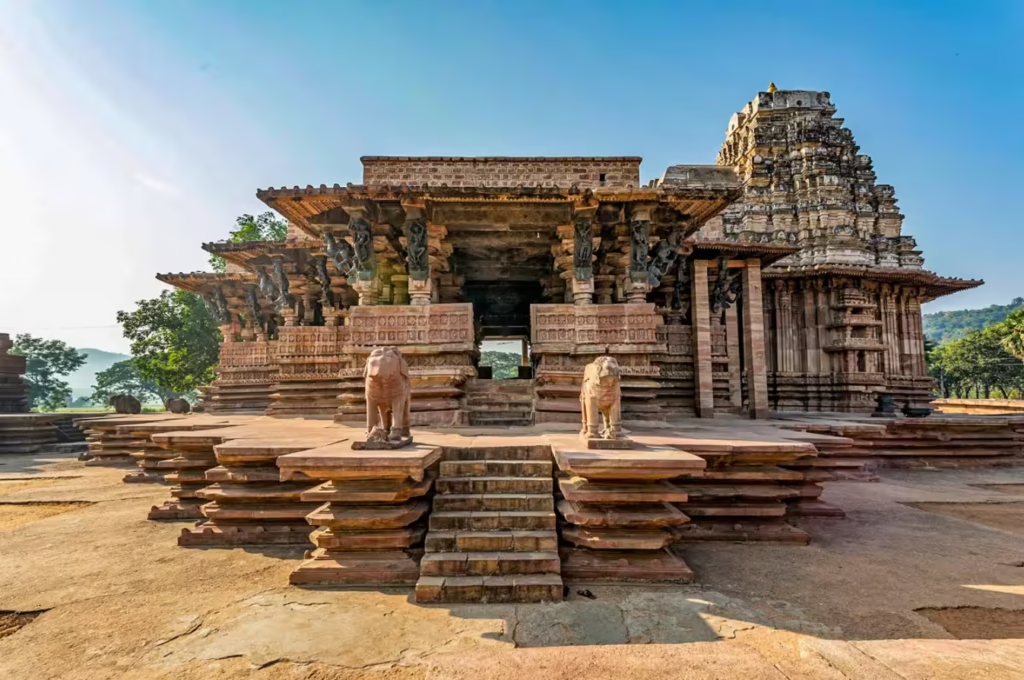
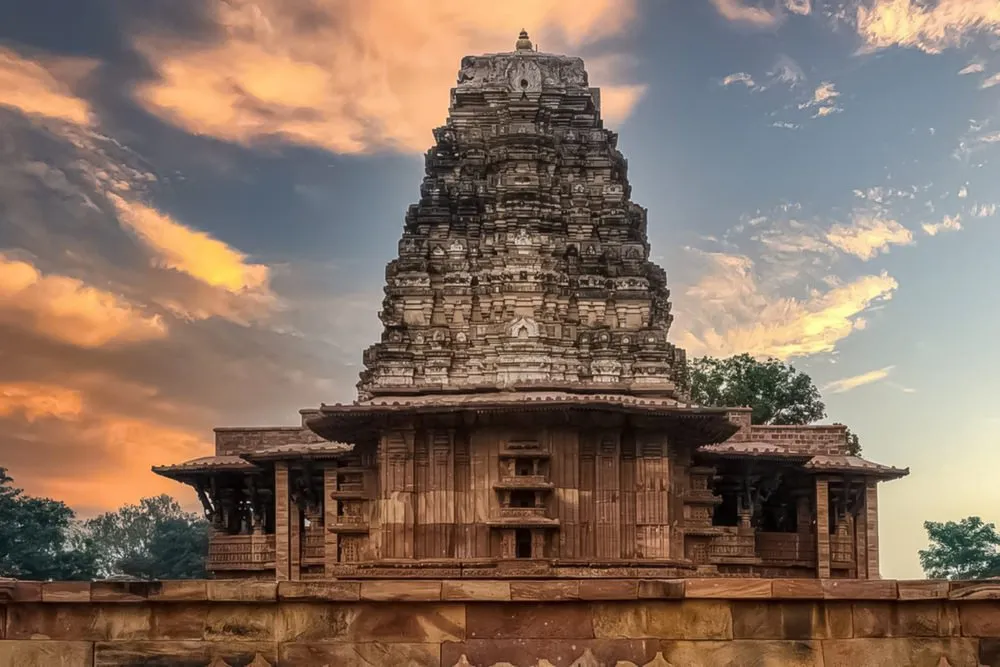
The temple’s sanctum, shikhara (tower), and intricate carvings reflect a meticulous attention to detail. The shikhara, rising majestically above the sanctum, is adorned with intricate sculptures and floral designs. The entire structure rests on a star-shaped platform, which itself is an artistic wonder.
Exquisite Sculptures and Carvings
What truly sets the Ramappa Temple apart is its extraordinary sculptures. The walls, pillars, and ceilings are adorned with intricate carvings depicting celestial beings, mythical creatures, and episodes from Hindu mythology. The apsaras (celestial dancers) carved on the pillars are particularly famous for their grace and elegance, showcasing the refined artistry of Kakatiya craftsmen.
The temple also features stunning friezes of animals, floral motifs, and scenes from the epics Mahabharata and Ramayana, offering a vivid insight into the cultural and spiritual life of the era.
UNESCO Recognition
In July 2021, the Ramappa Temple was inscribed as a UNESCO World Heritage Site, a milestone that brought international recognition to this architectural gem. The UNESCO committee praised the temple for its exceptional craftsmanship and innovative construction techniques, highlighting its significance as a cultural treasure of humanity.
A Must-Visit Destination
Surrounded by lush greenery and tranquil lakes, the Ramappa Temple is not just a historical monument but also a serene retreat for visitors. Its idyllic setting makes it an ideal destination for history enthusiasts, architecture lovers, and spiritual seekers alike.

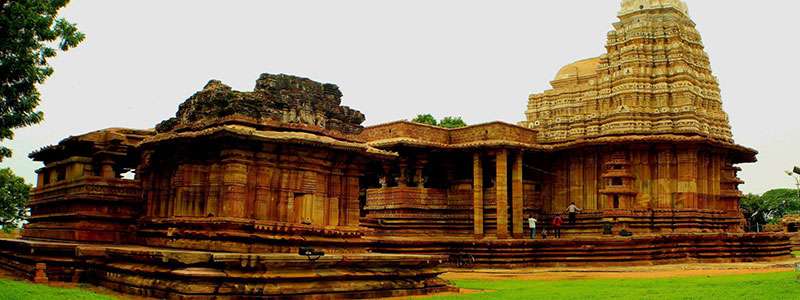
Efforts are being made by the Telangana government to preserve and promote the temple as a key tourist attraction. Facilities are being developed to ensure that visitors from around the world can experience the grandeur of this timeless masterpiece.
Conclusion: A Testament to Timeless Craftsmanship
The Ramappa Temple is more than just a religious structure; it is a celebration of human creativity and devotion. It stands as a symbol of the cultural and architectural brilliance of the Kakatiya dynasty and serves as an inspiration for generations to come.
For anyone exploring Telangana, a visit to the Ramappa Temple is an unforgettable journey into the past, offering a glimpse of the artistic legacy that continues to inspire awe and admiration today.


